What can Salvador Dali teach us about great logo design? Quite a lot it would seem.
In 1969 Dali was having coffee with his friend Enric Bernat, the founder of Chupa Chups, the Spanish lollipop manufacturer. Bernat had been making lollipops for just over a decade and was thinking about developing his brand. Dali started to doodle on stray pieces of newspaper and soon came up with the now iconic 8-petaled daisy design.
The logo design has remained unchanged since then and Chupa Chups has gone on to be a truly global brand.
The logo's success is down to the same factors that underpin all truly great logos.
The design is wonderfully simple; a child could easily draw the logo in crayons using just a few basic colours.
The logo is very adaptable too. It performs its job, equally well, online, in print, on a POS display, on the side of a delivery van or, of course, on the top of the world's most successful lollipops. Again, this is due to it's simplicity.
The daisy is unfussy. Often, adding embellishments, a wide colour palette, and special effects (an easy temptation in the Adobe age) will make a logo less immediately recognisable and unique to the brand. Just because something "looks cool" doesn't mean it is the best solution for your brand identity.
As a result, the logo is an immediate, striking, memorable and timeless image. Dali certainly knew a thing or two about creating those.

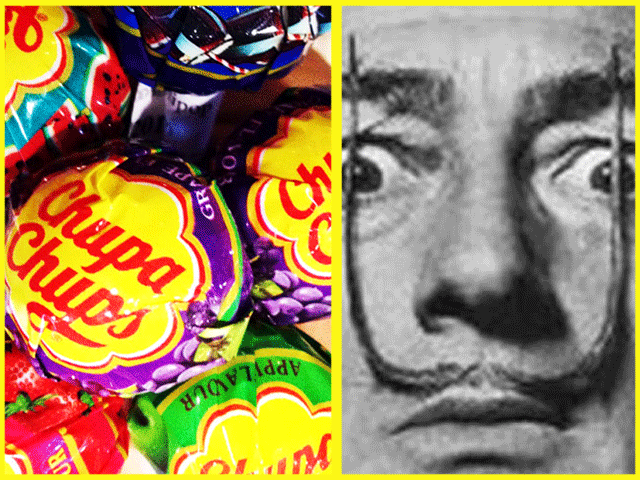
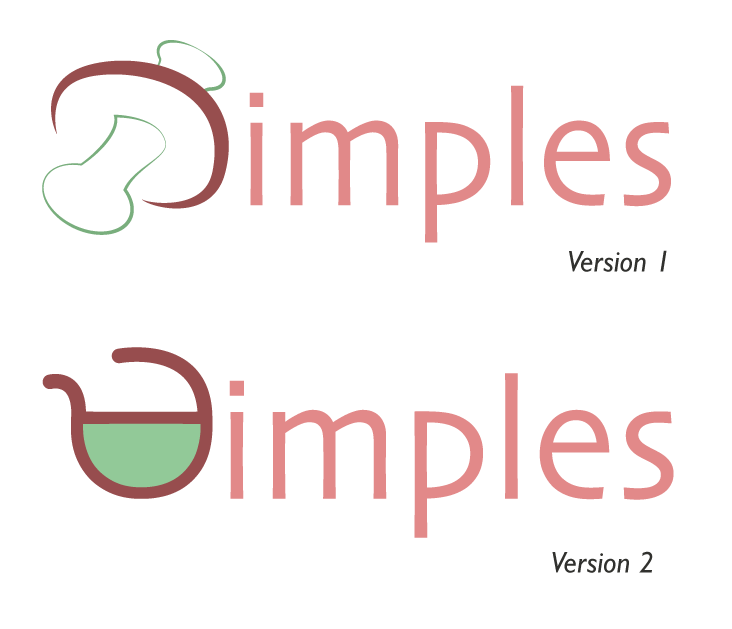


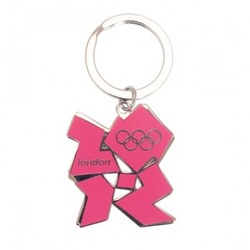


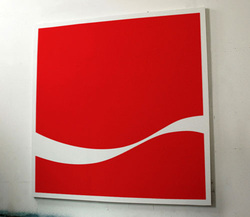
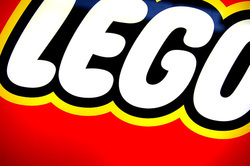

 RSS Feed
RSS Feed